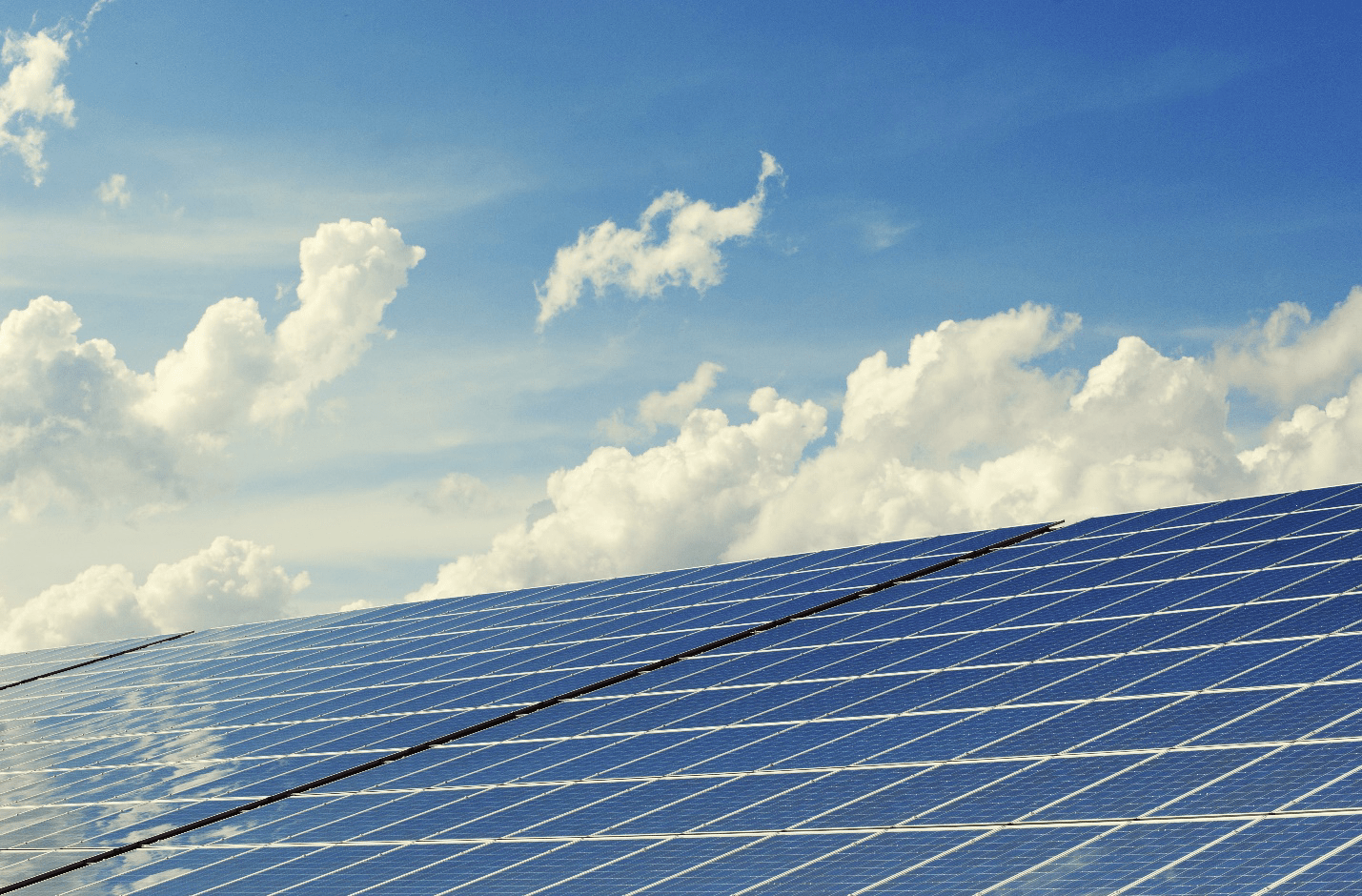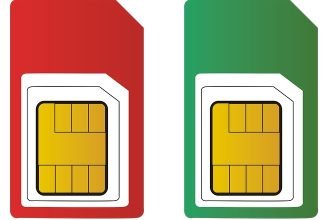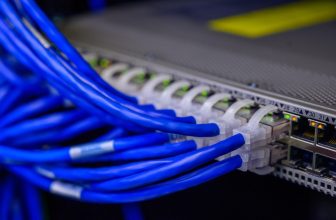Understanding How a Solar Power Grid System Works

While most of us might not understand the specifics of how solar power systems work, we know one thing, it converts the sun’s energy to electricity. For the sake of newbies in this space, we would briefly look at how this conversion takes place.
The first object in this chain is the solar panel. It is responsible for converting energy derived from the sun into DC power, and it’s all thanks to photovoltaics. From here, the DC power can be stored, or it can also be used to power your home, but a solar inverter would be needed for this. There are different ways to set up the power grid of your home which is what we will be discussing in this article.
On-Grid Solar System
This is widely known to be the most used type of solar system and it is because of how they’re set up. With an on-grid unit, there is no need for a battery, seeing as the aim isn’t to save excess power generated.
Excess energy gotten from this type of grid is sent to the electricity grid. This brings us to one reason it is highly adopted. By supplying energy to the electricity grid, you actually benefit in return. The rewards vary according to location but could include payment in the form of utility credit. Visit https://energyeducation.ca/ to learn more about electricity grid.
One difference between this grid system and the rest is the way it reacts in the event of a blackout. When this happens, your solar system will be unable to function for a number of reasons. One of these is because it is connected to the area’s electricity grid. A blackout is often caused by damage to the grid system, you can see why it won’t be safe to allow your building to send power to a damaged grid.
If you plan on using this system, you should consider this possibility. If for instance, the building is being used for commercial activities, this could easily become a problem.
Off-Grid Systems
From the name, it is pretty easy to deduce how this type of system works. As you might have guessed, you won’t be connected to the electricity grid with this system. This is why they’re made to function in a never-ending cycle, it all comes down to using batteries powerful enough to meet your needs.
The reason off-grid systems are significantly less popular is because of the cost it takes in setting them up. Batteries are generally where you will spend the most money if you intend to use this type of grid system. If you’re in the business of selling solar, check out solargraf to learn more.
Since the full effect of the sun isn’t felt on the earth all year long, you also need to have other backup options. In most cases, this involves diesel and fuel-powered generators. With the extra effort taken to set up this type of system, its users mostly fall in regions where normal electricity supply is limited.
Hybrid System
This type of system is more commonplace than off-grid systems. They work by combining solar and battery to provide energy solutions. Hybrid systems are unique because of the different ways they could be combined. This allows a user to find a combination that works best for them.
Nowadays reduction in battery prices is making even more people adopt hybrid systems.
Components of A Solar System
Solar Panel
This equipment is responsible for the first stage of solar energy cultivation. It uses PV cells scattered all over the panel to convert sunlight to DC energy. They come in different sizes and types which all have different electricity cultivation ratings. Click here to learn more about PV cells.
Solar Inverter
Your solar panel can only generate DC electricity, for this to be utilized it needs to be converted to the AC variant. This is the type of electricity our buildings use.
Battery
Depending on the grid system you use, you might want your house to utilize solar energy or save it for later. This is where batteries come in; they allow you to store energy to be used at a later date. There are two types namely, lead-acid and lithium-ion.
Final Thoughts
Your lifestyle and intended use will determine the type of solar grid system you utilize. We hope after reading this article you have a better understanding of how they all work.






